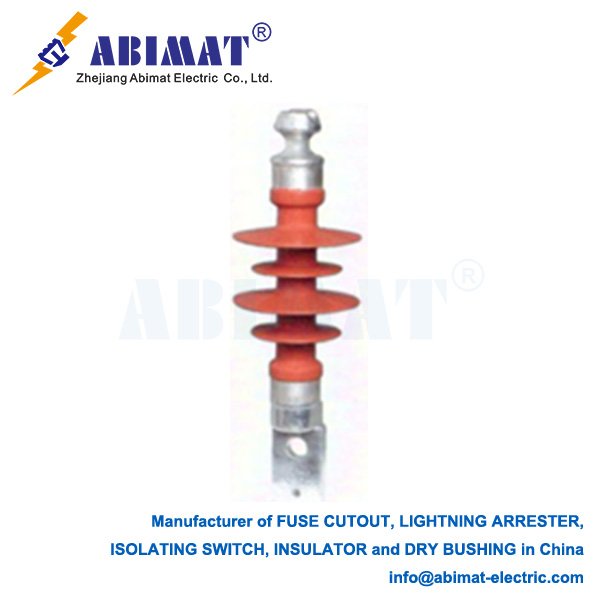Polymer Pin Insulator: A Modern Insulation Solution
A polymer pin insulator is an important part in modern medium-voltage distribution systems—these systems usually go up to 33kV. It’s made to hold up overhead line conductors and keep them electrically separate from mechanical support structures, like poles or crossarms. It’s a big step forward in technology compared to traditional porcelain and glass insulators. It works better and has more benefits for daily use.
Its basic structure has three main parts: a core, a housing, and end fittings. The core is a fiberglass rod that holds weight—it gives the insulator high mechanical strength to handle tension. This core is covered by a housing and sheds. These parts are made of polymer materials, most often silicone rubber or EPDM (Ethylene Propylene Diene Monomer). This mix of materials is what makes the insulator have so many advantages.
Key Advantages
- Lightweight but strong: Polymer insulators are much lighter than porcelain ones. This makes them easier to handle, move, and install. It also cuts down on labor costs and lowers the risk of getting hurt.
- Good at repelling water: The silicone rubber housing has a special trait—it repels water. Water forms small drops and rolls off, instead of making a thin conductive layer that covers the surface. This helps the insulator work way better in wet, dirty conditions. It also makes flashovers (sparks that jump over the surface) much less likely.
- Hard to break from hits: Porcelain is easy to break, but polymer insulators can handle shocks well. They also stand up to vandalism. This means they break less often when being moved, installed, or used.
- Works better in dirty conditions: The insulator’s design has many flexible sheds. These sheds make the path for leakage current longer. They also don’t get dirty as easily. The insulator’s water-repelling trait helps too—even if it does get dirty, the surface still doesn’t conduct electricity when it’s wet.

Design and Specifications
- Rated Voltage: For example, 11kV, 22kV, 33kV.
- Creepage Distance: This is the total path along the insulator’s surface between the parts that conduct electricity. Areas with lots of air pollution need insulators with a longer creepage distance.
- Puncture Strength: This is the voltage that makes a disruptive spark go through the solid material of the insulator.
- Impulse Withstand Voltage: This is how well the insulator can handle high-voltage surges—like the ones from lightning.
To sum up, an abimat polymer pin insulator is a strong, reliable, and cheap solution for modern overhead distribution lines. It works well in dirty conditions, is light, and lasts a long time. These things make it the top choice for power companies all over the world. It also makes power distribution networks safer and more reliable.


